OUR STORY
Opened in 1914, Iona College is a NZ boarding school and the oldest Presbyterian School in New Zealand.
It was established as a girls’ boarding school built on land donated by Mr Hugh Campbell.
In its infancy, Iona developed very quickly and prospered under the leadership of Miss Isabel Fraser, the founding headmistress, who offered her services free for the first five years.
Iona has survived wartime, the force of a 7.9 earthquake, the deprivation of the depression years to thrive today as an integrated boarding and day school for girls with a full roll of 330 students.
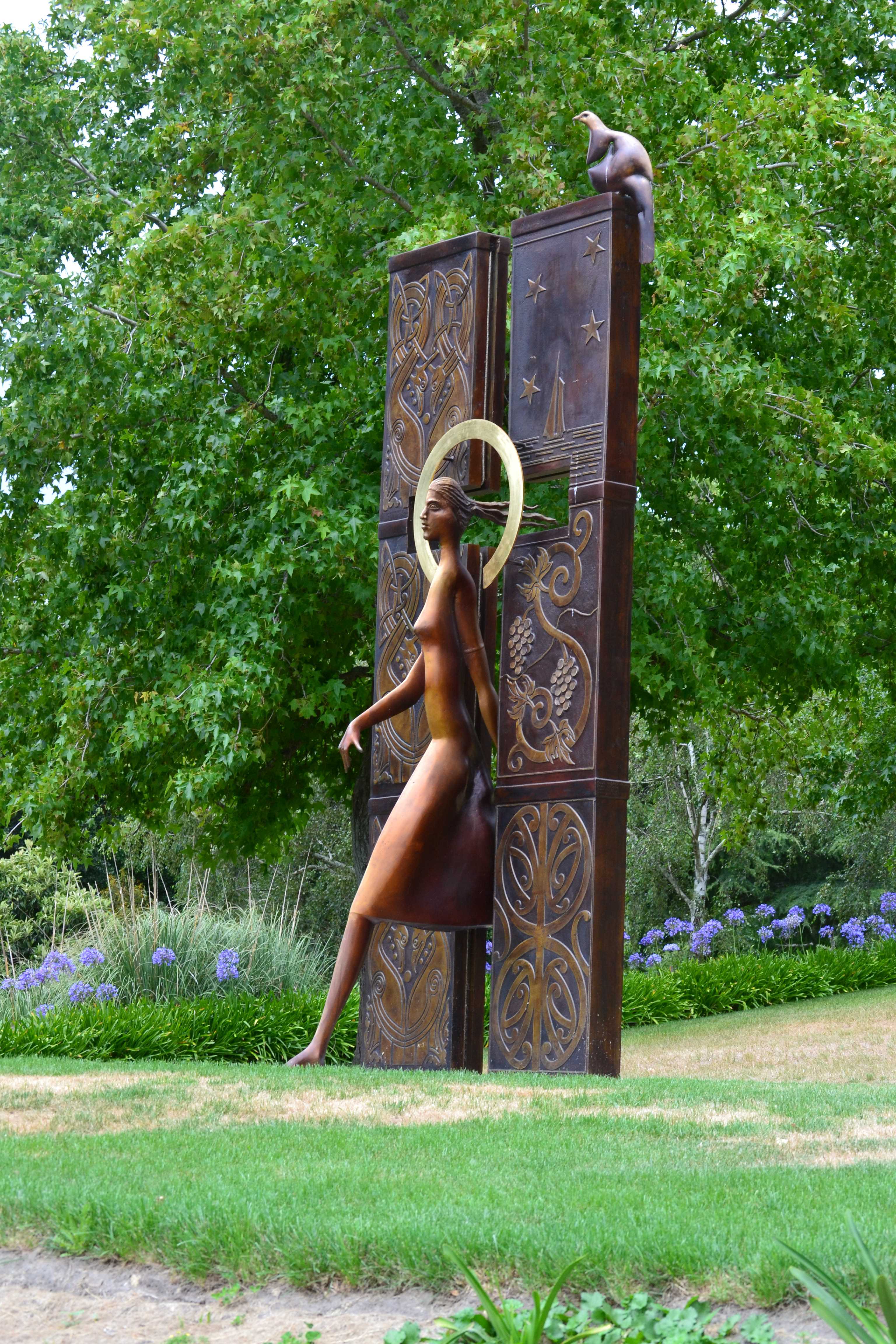
Iona College was the dream of three visionary yet practical people:
Mr Hugh Campbell of Breadalbane, Havelock North, who offered the Presbyterian Church of New Zealand eight acres of land, initially for the establishment of a Deaconess College.
Reverend Alexander Whyte, Minister of St Columba’s Church, Havelock North, 1898-1910, who saw the need for a Presbyterian Girls’ School and petitioned the Presbyterian Church to establish one.
Miss Isabel Fraser, Principal of Wanganui Girls’ College, 1893 — 1910, whose dreams were for a Christian education for young women and who, in 1909, offered her services to the Presbyterian Church should a girls’ boarding school be established. Incidentally, it was Miss Fraser who introduced the kiwifruit to New Zealand.
These visions coalesced when the 1911 General Assembly of the Presbyterian Church set up a committee to ‘investigate the support for the establishment of a girls’ boarding school’. During the next year a further four acres of land were donated by Mr Mason Chambers; Miss Fraser travelled to Britain where she visited schools seeking ideas and models, and funds were sought throughout the North Island in order to meet the conditions of Mr Campbell’s gift.
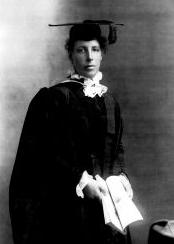
The committee adopted
several of Miss Fraser’s suggestions:
The name of the school was to be Iona College, Iona being the first place in Scotland where Saint Columba had preached Christianity.
The College crest was to be the Celtic cross.
The College’s motto was to be ‘Love, Joy, Peace’ — gifts of the Holy Spirit as outlined by the apostle Paul in Galatians 5.22.
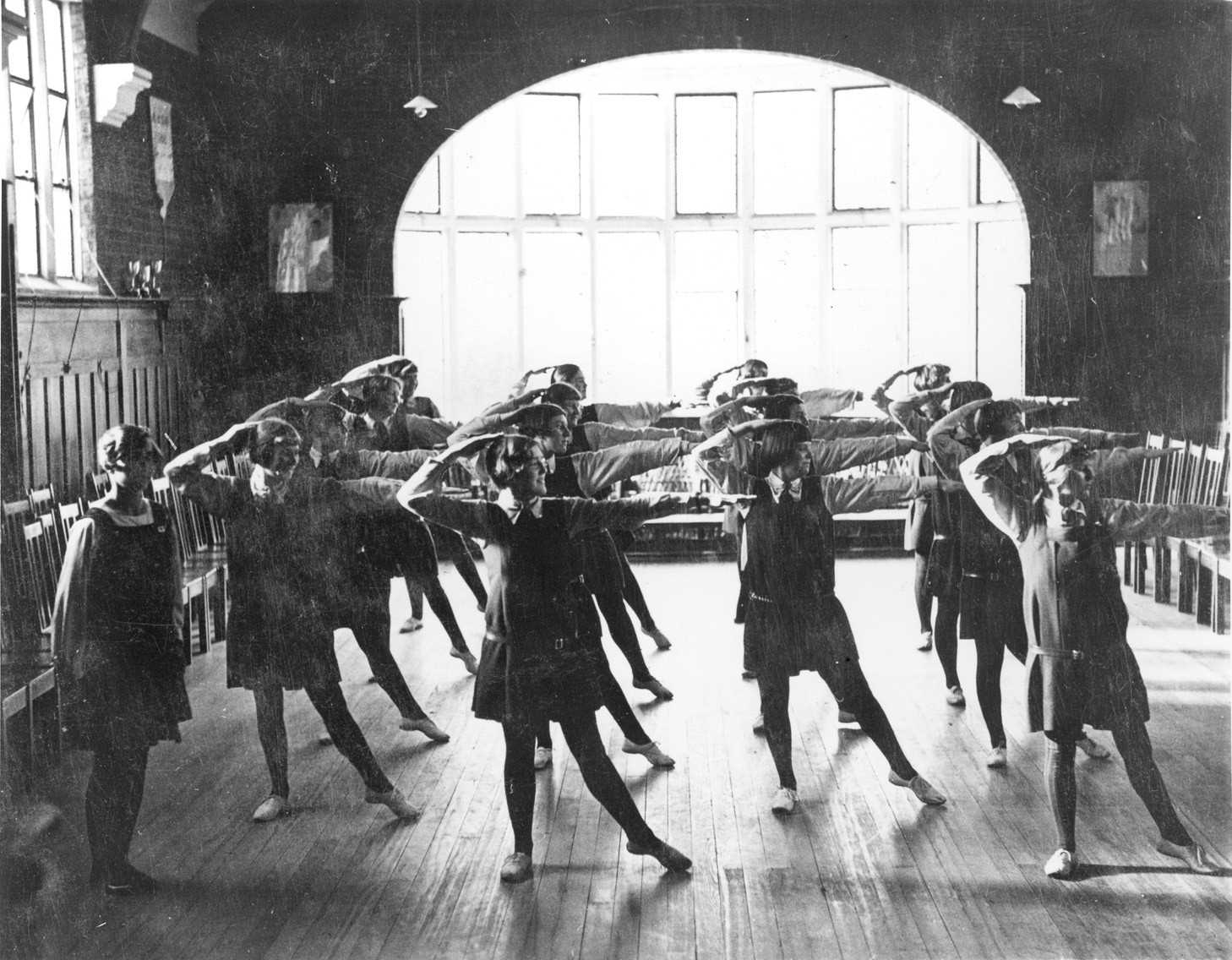
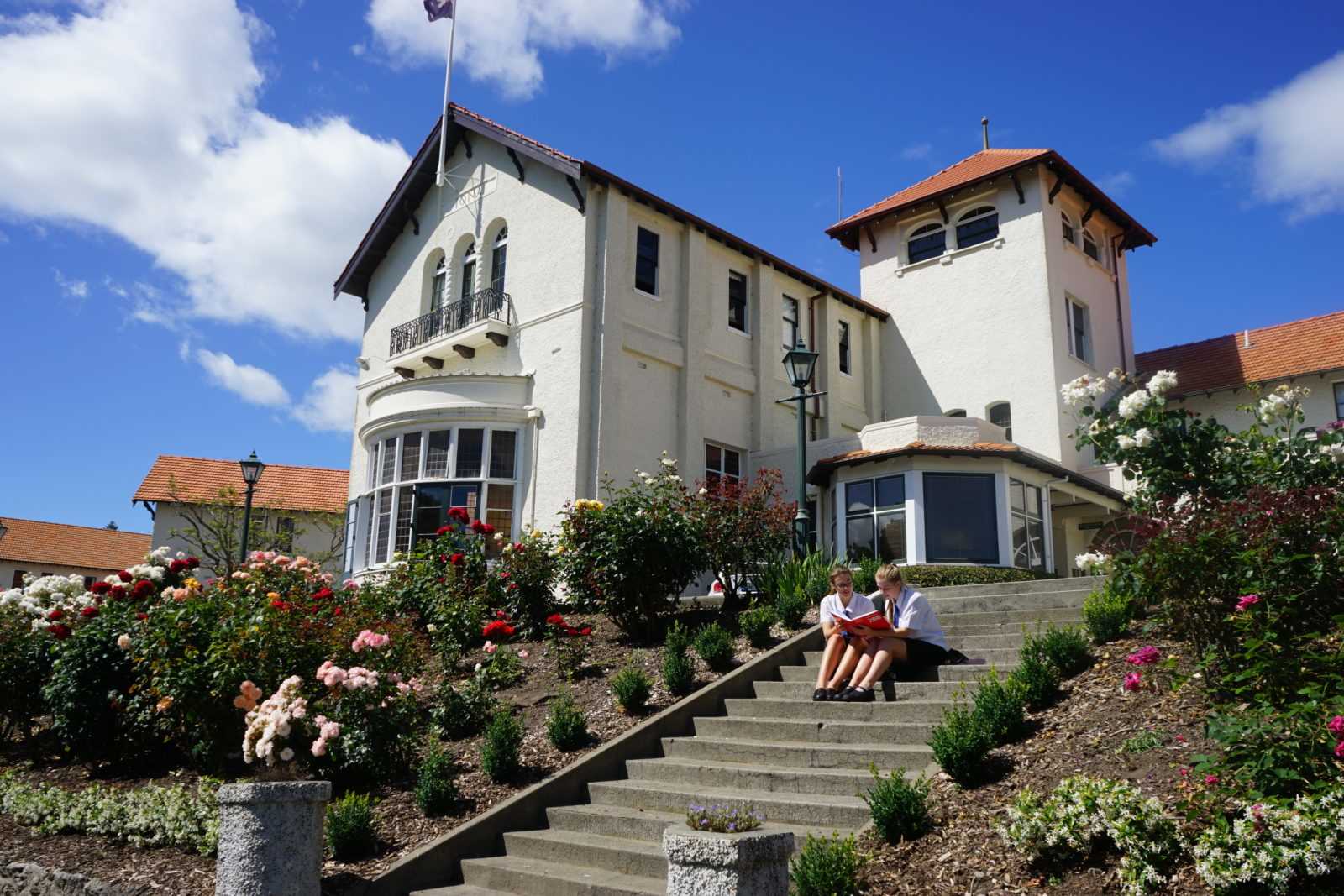
Architects Rush and James were asked to submit a plan for the school taking Miss Fraser’s ideas into account.
The committee itself was enlarged and an Executive Committee was appointed.
Miss Fraser again travelled to Britain seeking equipment and staff. She was overseas when on May 14, 1913, the College Foundation Stone was laid by Mr Hugh Campbell at a gathering attended by over 1,000 people. The Foundation Plaque sits in the main building outside the Principal’s office.
TO THE GLORY OF GOD
THIS STONE WAS LAID MAY 14, 1913
BY
HUGH CAMPBELL ESQ
OF BREADALBANE
THE FEAR OF THE LORD IS THE BEGINNING OF WISDOM
Opening Day – February 14, 1914
The Prime Minister, the Right Honourable W F Massey, opened Iona College on February 14, 1914.
Iona opened with a roll of 48 pupils who were accommodated in buildings that were habitable but unfinished.
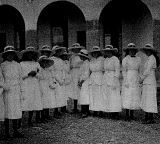
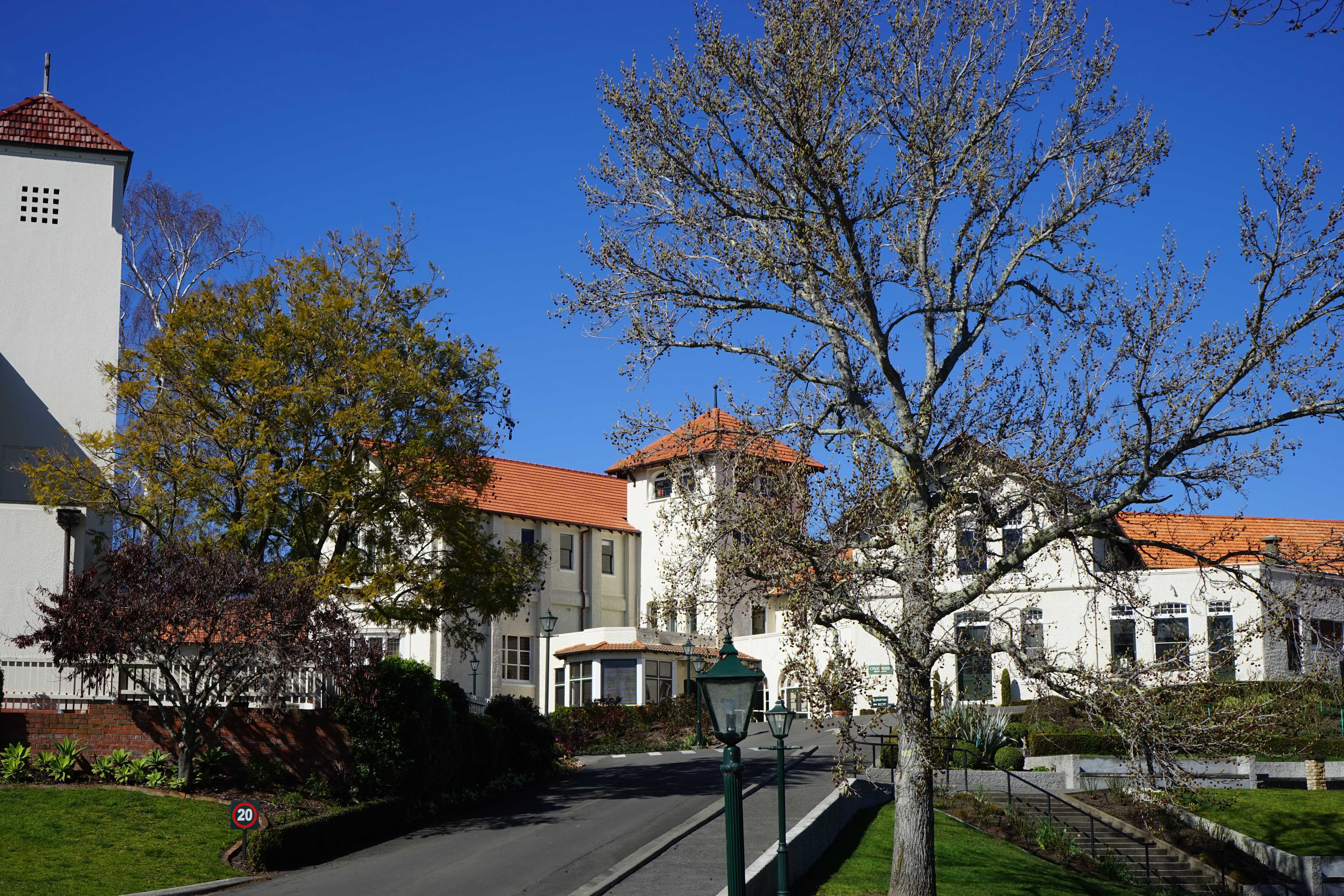
1914-1924
During its early years, Iona College developed at an unforeseen pace. In 1916, the staff cottages were built and the swimming pool was opened. In 1917, St Oran’s was built as a separate hospital but, upon completion, was used for boarding accommodation such was the demand for places. By 1918 there were 125 boarders.
Miss Fraser retired in 1921. Her name lives on in one of the school’s four Houses and her generative wish for the school is contained in these words:
May Iona do its share in furnishing our beloved land with women whose bodies are free with the freedom of health, whose minds are free from all littleness, and whose souls are free with the fruits of the spirit against which there is no law.
Miss Fraser was succeeded by Miss J R Barr, from New Plymouth Girls’ High School, who convinced the College Council that Iona should become a registered secondary school. This became possible after the conversion of a classroom into a science laboratory.
Despite the manse upbringing and excellent academic record of Miss Barr’s successor, Miss Ann Drennan, her term as Headmistress was short and, at the end of 1924, Miss Irene Stollery was appointed as acting Principal and then Principal in 1926.
1924-1934
1924 saw the College near bankruptcy and facing a diminishing roll. Those who worked to keep the Founders’ visions alive included Mr Archibald McLean and Mr J B Campbell (son of Hugh) who became Chairman of the Council in 1931. This period was when Commercial and Primary Departments were added. The other major event which happened in this period was the Napier earthquake.
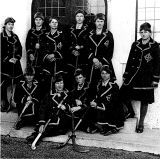
Earthquake
Iona’s buildings were severely affected by the February 1931 earthquake and the College had to be closed for a year while refinancing and rebuilding took place. The opening roll in 1932 was 27 boarders and nine day pupils.
1934-1964
In 1927, Miss Christina McNeil joined the staff as a teacher of French. In 1936, she was appointed as Headmistress and Iona was to become her life for the next three decades.
The war years saw Iona standing fast in the face of even more adversity. Girls received certificates rather than books for prizes and the money saved was donated to a welfare fund.
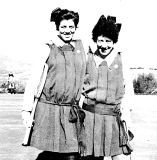
The highlight of this period was the opening of St Martin’s chapel in 1958. It was the fulfilment of dreams, visions and 12 years of fundraising.
For Miss McNeil it was the highlight of her days at Iona. Iona was complete with “a place to work and a shrine in which to worship.”
1964-1984
Miss E N Atkinson was the Principal over this two-decade span and she guided Iona through many changes. There was a move toward a clear academic focus in curriculum and her tenure also saw a roll increase from 145 to over 200 by 1984. It was in 1966 that Fraser and McNeil joined Gartan and Columba as Houses.
1984-2008
Mrs J Murray was Principal in 1988 when day girls returned to Iona. However, the most significant event in this period happened in 1999 with the integration of Iona as a Special Character school into the state education sector. This process was guided by College Chairman, Mrs P Campbell, and College Principal, Mrs G Melville.
© Copyright 2010 - 2018, Iona College | T +64 6 877 8149 | Email office@iona.school.nz
42 Lucknow Road, Havelock North 4130, | Private Bag 1000, Havelock North 4157, New Zealand




 Admin Login
Admin Login